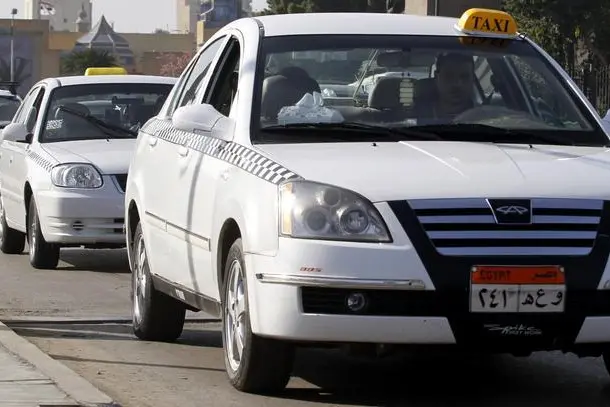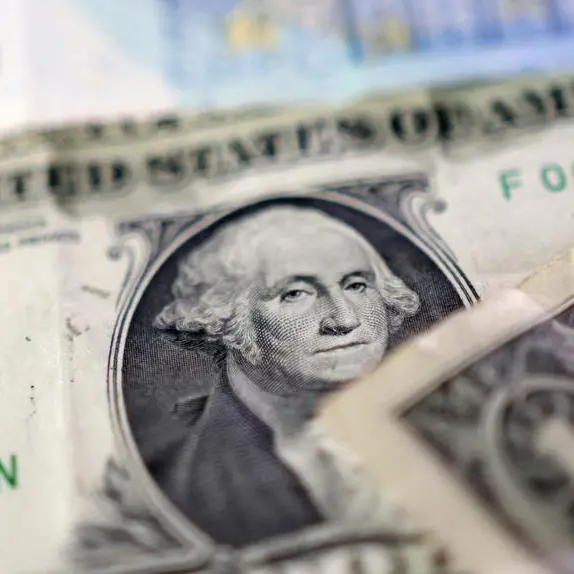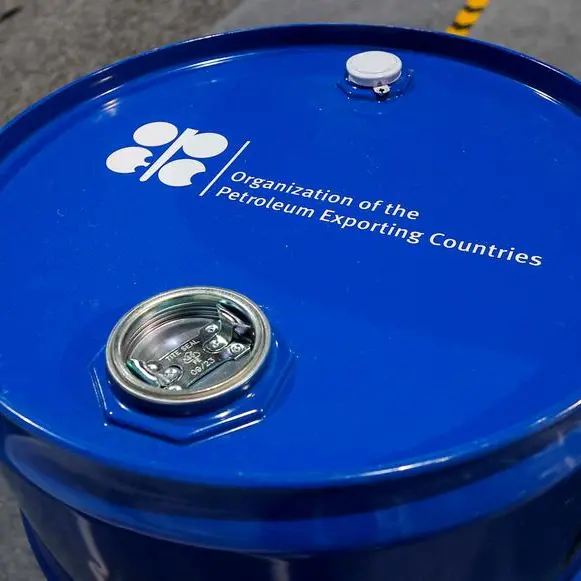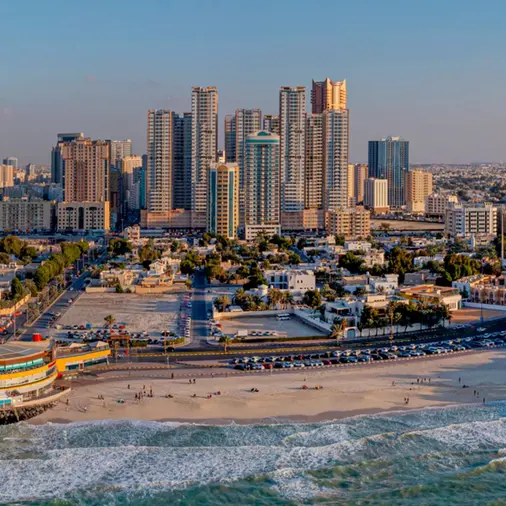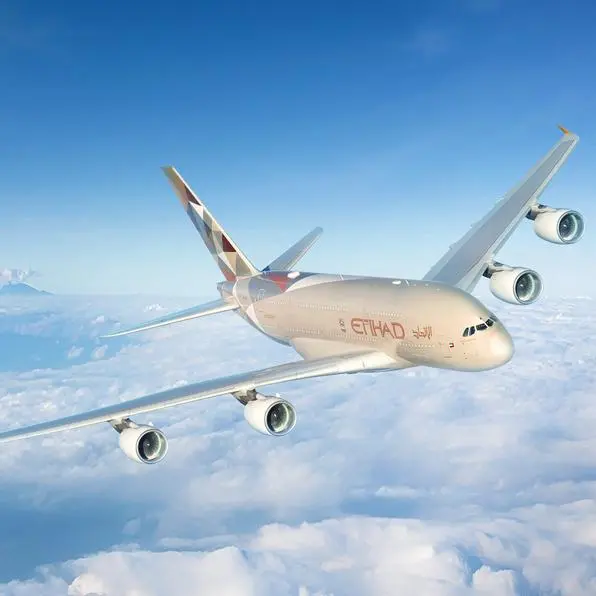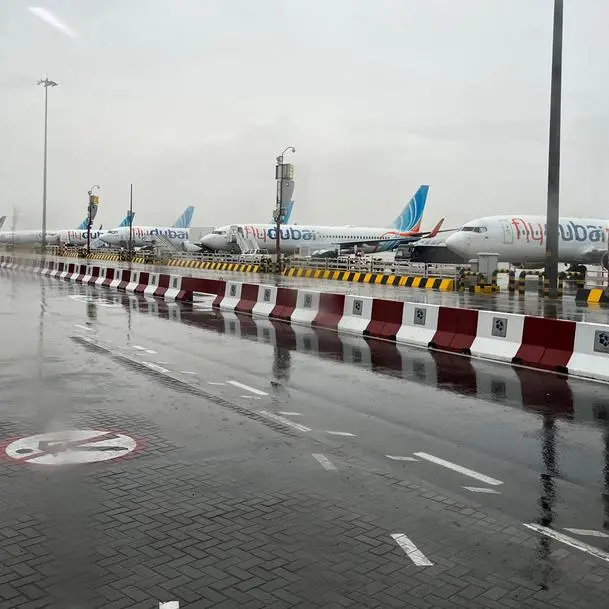PHOTO
By Henry Johnson
Like any young professional, Ahmed Abdulrazek, a 25-year-old retail-bank teller at CIB, cares about how he looks at work. In the Egyptian summer, when the mercury regularly approaches 40 degrees Celsius, Cairo’s poorly ventilated Metro cars become vortexes of heat and sweat, to say nothing of the microbuses. Abdulrazek, who has ambitions of working in corporate banking someday, says commuting by public transit not only leaves him starting the day sweaty and wrinkled, it dampens his mood. “It would affect my job,” he says, sitting in a Starbucks in Mohandeseen, where he’s been studying recently for a business school entrance exam.
Especially in the current economic climate, Abdulrazek can’t afford a car. So, to maintain his peace of mind and his outfit, he shells out around LE 120 each day to commute by taxi from his home in Haram to his job in Heliopolis. He’s not the only one. In fact, commuting by taxi is relatively common among professionals living in the Egyptian capital. Africa’s largest city, Cairo has one of the world’s least adequate public transit systems. Still, it’s cheaper to take a taxi here than any other city in the world, according to the 2017 Taxi Price Index released last month by the online auto dealer Carspring.
Cairenes love to hate their iconic white taxis, which are infamous for overcharging tourists and sexually harassing female passengers. But in a city where commuters otherwise have only a dangerous network of unlicensed microbuses and a crowded subway that barely covers a fraction of the sprawling capital, affordable private taxis are a convenience many have come to rely on.
The question is whether cheap taxi service will survive Egypt’s new economic realities. Since 2014, when President Abdel Fattah el-Sisi announced that the government would finally begin to phase out gas subsidies, officials have raised the price of fuel three times—followed by three official taxi fare hikes. Most recently, after fuel went up 50 percent in late June, officials raised the base fare for licensed white taxis by a pound, from LE 4 to LE 5. Ride-hailing apps Uber and Careem quickly followed suit, upping their base fares to LE 6 and LE 5.5, respectively, as well as raising prices per kilometer.
But for now at least, taking a taxi in the Egyptian capital is still relatively affordable—thanks in part to a dramatically devalued currency. Ranking the cost of taking a cab in the world’s 80 most popular urban travel destinations, the Taxi Price Index rated Cairo as the cheapest by far, with a three-kilometer ride costing just 55 cents, substantially less than the second-most affordable taxi city, Mumbai, India, where traveling the same distance costs $1.40. By contrast, if you happen to visit London, hopping in a taxi for three kilometers will cost you $12.35. And nothing tops Zurich, where you’ll pay a whopping $25.25.
For decades, cheap, subsidized fuel has helped keep the price of taxi rides in Egypt artificially low. But while subsidies were long considered politically untouchable, the financial hole in which the government found itself following the political turmoil of 2011 has left officials with few choices. Among a slew of economic reforms, Egypt is finally heeding the advice of international agencies like the IMF, which has been urging the country for years to do away with wasteful energy subsidies, which mainly benefit the wealthiest 20 percent of Egyptians—car owners—even though they were originally meant to function as a safety net for the poor.
Officials are currently working to expand the Cairo Metro, which consists of just three lines covering some 78 kilometers in a city of more than 20 million. By way of comparison, New York City has a 380-kilometer subway system serving a city of just 8 million. In Egypt, as in much of the developing world, the vast majority of residents travel by microbus, a sprawling, informal network that’s known for being unregulated and dangerous. Which is one reason why those who can afford it usually own cars.
On the other hand, on just about any busy street in Cairo, at most hours of the day or night, it typically takes under a minute to hail a white taxi, perhaps decked out with flashing lights or stickers. A 2013 report by the World Bank reported that Cairo had around 120,000 licensed taxis. In 2009, in an effort to boost the city’s image, the Mubarak government rolled out a public-private partnership to replace its aging black cabs, most of which were old-model Fiats and Ladas that had been on the roads for decades. Drivers were offered low-interest loans to trade in their vehicles for new Hyundai Elantras and other models, many of which ran on natural gas, a cheaper, cleaner alternative to petrol.
Today, however, taxi drivers say they are struggling to stay afloat under the combined pressures of rising expenses and growing competition for customers. Many Cairenes have applauded the advent of digital ride apps like Uber and Careem, which many perceive as cleaner and safer than white taxis. But taxi drivers complain that such firms have ruined their business and are not subject to the same licensing requirements as traditional cabs. They argue that the transit startups have been given an unfair competitive advantage by being allowed to hire freelance drivers, many of whom are untrained amateurs who have only worsened traffic with their bad driving and poor knowledge of the city’s geography.
Meanwhile, many white-taxi drivers also ended up feeling cheated by the government financing schemes and say the state has unfairly burdened them with expensive inspection requirements. Some are still struggling to make the payments on loans they took out years ago to buy their new cars.
At a popular taxi pitstop along the corniche in Agouza, the mood is dismal. Sitting on a shaded ledge smoking and drinking tea with other drivers, 42-year-old father of three Emad Ahmad says: “We're slowly dying.”
These days, the rest stop is crowded with drivers who’ve retired or simply can’t find enough business. Balding, with a pot belly, Nasser Ali, 43, says he was a tour guide up until 2011, when the revolution decimated the tourism industry. “Before, drivers would stop here for just a few minutes for a cup of tea and then leave,” he says. “Now they stay for hours because they can’t find customers.”
Drivers complain that official fares have only been raised slightly, while costs have skyrocketed. Since 2014, the price of compressed natural gas, on which most white taxis run, has gone up from 40 piastres to LE 2 per cubic meter. The price of Octane 80, a low-grade fuel commonly used by taxis that haven’t been outfitted with CNG tanks, has quadrupled from 90 piastres to LE 3.65 per liter. In the meantime, the baseline fare has merely doubled since 2014, from LE 2.5 to LE 5. Moreover, operating licenses can run thousands of pounds annually, while the cost of maintenance, spare parts and tires has increased sharply with the recent currency devaluation.
Fuel is only going to get more expensive in the next few years if the government follows through on its promise to end subsidies in the coming years. While low oil prices have bought officials a little time, analysts say the state simply cannot afford to continue to foot the bill for Egypt’s cheap fuel habit.
In the meantime, drivers complain that it’s harder and harder to find the kinds of regular clients who used to be their bread and butter. Hany Shaker, a burly man of 42, remembers before the revolution, when he made a decent living. Back then, he earned LE 200 a day by ferrying an American doctor back and forth to her office—and she even taught him some English.
These days, Shaker says he’s lucky if he makes LE 200 after a 10-hour day, most of which goes to pay for gas, sandwiches, tea and cigarettes to keep him awake. “Now I just turn, turn, turn in the streets for hours and don’t get a single person, and then I come here, take a break, have my tea and try again. It makes me crazy.” He says he barely makes enough to provide for his three school-going children, let alone pay for minor repairs.
However, in general, the taxi-going public has voiced little sympathy for Cairo’s beleaguered white taxi drivers, who they argue have no one to blame but themselves for alienating customers by refusing to turn on meters, arbitrarily refusing passengers and groping women. “They’re very impolite, the cars are in bad condition and it’s not safe, so of course they lost the customer, who was looking for something better,” says Abeer el-Shennawy, an economics professor who commutes by Uber to the AUC campus in New Cairo from her home in Nasr City.
The assault on the monopoly of white taxi drivers by the world’s valuable startup has been swift: In 2016, just two years after launching in Egypt, Uber named Cairo its fastest growing market in the Middle East and Europe. The tech darling is worth almost $70 billion thanks to its aggressive expansion worldwide, but Cairo is not the first city where Uber has drawn widespread protests from local taxi drivers, and many have criticized its so-called partner-driver model as exploitive. In January, the company paid $20 million to settle a complaint by the U.S. Federal Trade Commission that it had misled drivers by exaggerating potential earnings and downplaying the cost of buying or leasing a car. In recent months, Uber has also undergone a major management shakeup after being accused of promoting a misogynist frat-house culture.
And however successful Uber has been in Egypt, its drivers appear to be struggling with many of the same challenges as their taxi-driver counterparts. One Uber driver who’s been working as an independent contractor for the company for three months says he’s barely making enough to cover fuel and maintenance costs. From a Dokki McDonald’s, the 51-year-old explains that he bought his grey Nissan Sentra thinking that working for Uber would enable him to make a living. However, he says that “the money in my pocket is shrinking. At the end of the day, it costs me more to fill up, even though I’m making less.”
© Business Monthly 2017
